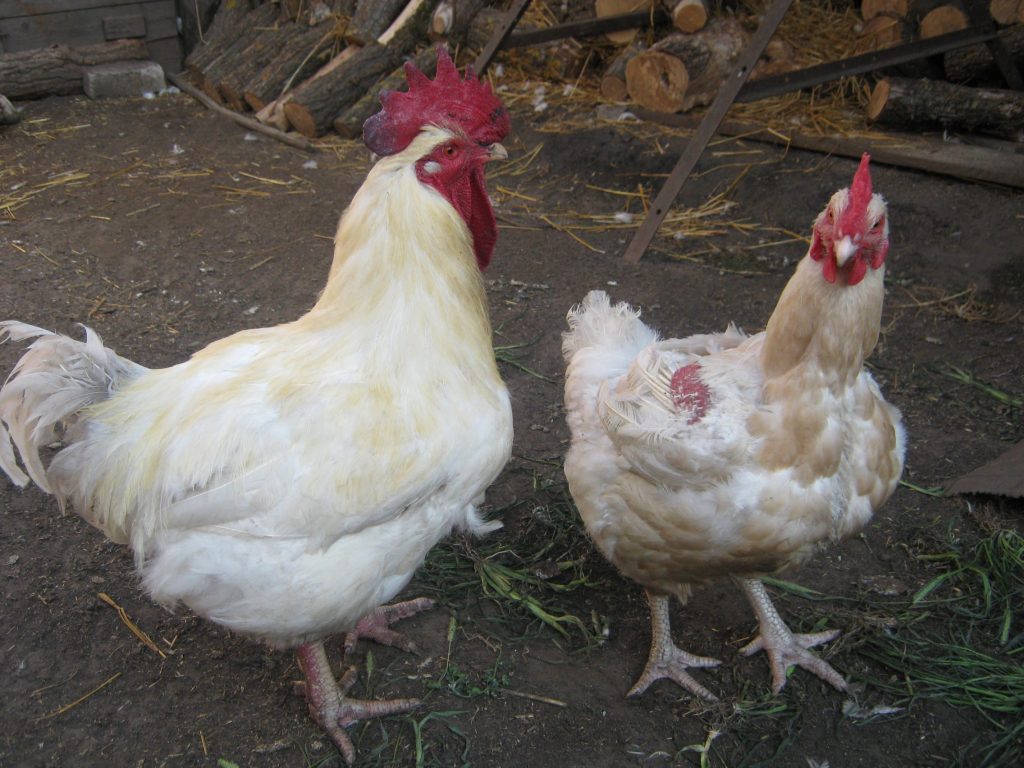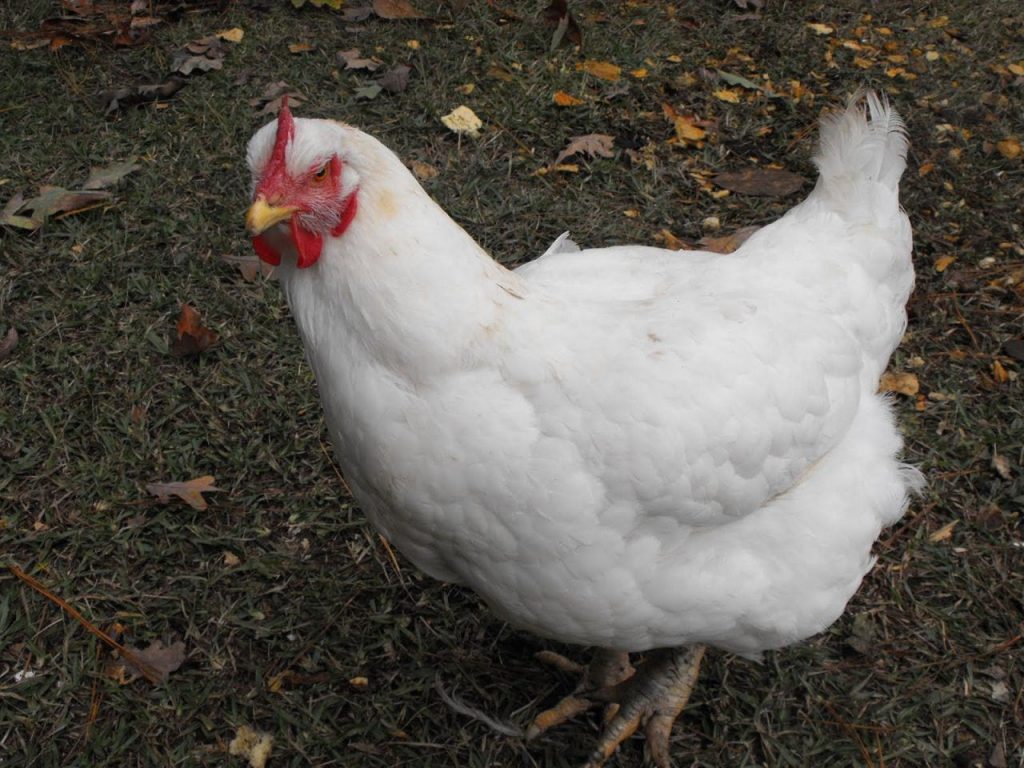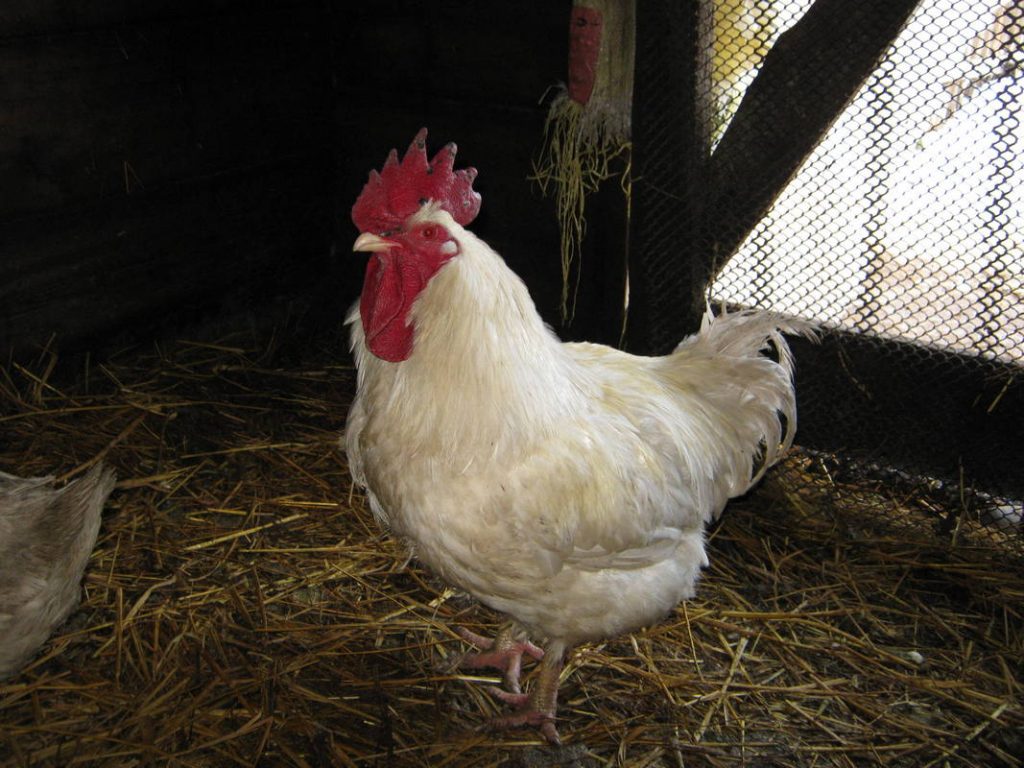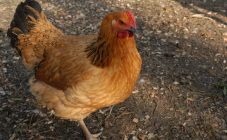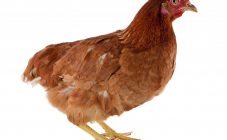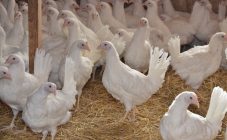Content:
The Cornish breed was bred by crossing English fighting and Malay chickens. At first it was called the Indian fighting. The breed was bred by the British, great lovers of cockfighting. During selection it was supposed to get an improved fighting breed (hence the first name). But hopes were not justified: the new breed was completely devoid of a fighting character. Therefore, in the future, the chicken was renamed in honor of the county of Cornwall, where it was bred.
To the surprise of the breeders, the Cornish chickens were highly productive in terms of meat and eggs. In the process of further selection, such disadvantages as exactingness to the conditions of detention, the fragility of the eggshell, and the long maturation of the young were eliminated.
Cornish: breed of chickens, description
The basic color of the Cornish is white. But now this is far from the main characteristic, because in the process of selection, a variety of colorings were obtained. There are very dark, burgundy-fawn, spotted (partridge). Surprisingly, males do not differ in color from females.
The Cornish rooster weighs about 3.5-5 kg, and chickens rarely exceed the 3.5 kg threshold. Due to the tight-fitting plumage, visually the weight seems less than it really is. The shape of the bird's body is compact, heart-shaped. The breed is distinguished by a well-developed chest, which means the presence of a large amount of white chicken meat (included in many dietary recipes). In a month and a half, from the moment of hatching, 2 kg of meat can be obtained from one carcass.
In a year, one Cornish chicken gives about 140 eggs weighing 50-60 g. Eggs are oblong, cream or light brown in color. The productivity of hatching chicks is 70% and below. Given the large weight of the hen, eggs for incubation are placed under the lighter mums. Incubators are used on an industrial scale.
The breed eats everything, but not much. Can eat cut feed (grass, vegetables), grain, combined feed. For good work of the digestive tract, it is imperative to add sand or crushed gravel to food. Especially when kept in cells.
Breeding and caring for a bird
Due to the fact that the plumage of chicks takes a long time (up to 2 weeks), the hen has to warm the brood under the wing longer than other breeds. Hence, there is a great danger of trampling by large chicks of small ones. Therefore, you should prepare a warm, dry room for young animals in advance. It is necessary to maintain the room temperature at least 28 degrees around the clock. An infrared lamp will help with this. After half a month, when the yellow fluff replaces the feather, you can slightly reduce the heat. Two-day-old chicks can already be removed to fresh air (if not cold).
Chicken nutrition
Good nutrition is very important for the full development of chicks. Proteins, vitamins, trace elements must be added to the feed. These may be:
- a piece of chalk;
- fish fat;
- bone flour;
- herbs.
The vacuum drinker allows you to keep the room clean. There should always be clean water. Sometimes it is recommended to add a weak tea leaves or a light pink manganese solution to the water for additional disinfection.
Conditions of detention
It is very good to combine walking-cage keeping of poultry.This method allows you not to build up fat, grind your claws, raking the ground and get rid of unwanted insects by bathing in a pit with ash (because of a short neck, Cornish cannot peck out parasites). For the same purpose, the chicken coops themselves are treated with chemicals (pyrethroids, carbamates).
Breed advantages and disadvantages
The main breed advantage of the Cornish is a quick weight gain. From a month and a half, they can be slaughtered. And of course, a large amount of white meat due to the wide chest. The Cornish is also distinguished from other beef breeds by its high egg production.
In terms of breeding and crossing, the cocks of the breed are of great value. The use of more or less males allows you to regulate and enhance the performance of poultry in a given area - meat and / or egg.
The disadvantages of the breed include:
- low hatchability (70%);
- prolonged entry into puberty (by 6 months);
- obesity tendency.
By 5 months, poultry meat becomes conditionally fit for consumption. It becomes hard, the taste deteriorates. In addition, the cost of unproductive maintenance increases. At this age, chickens can only be kept for eggs and offspring. The structure of the bird's neck is also inconvenient in the maintenance - it does not allow the chicken itself to clean the feathers from parasites. She just doesn't reach them.
Cornish chicken is almost ideal for private farms. The meat and egg direction of the breed allows you to provide a family with products even with a small number of birds. The possibility of walking around reduces the cost of food and vitamins well. The cost of purchasing hatching eggs or chickens is more than offset by the product return.
